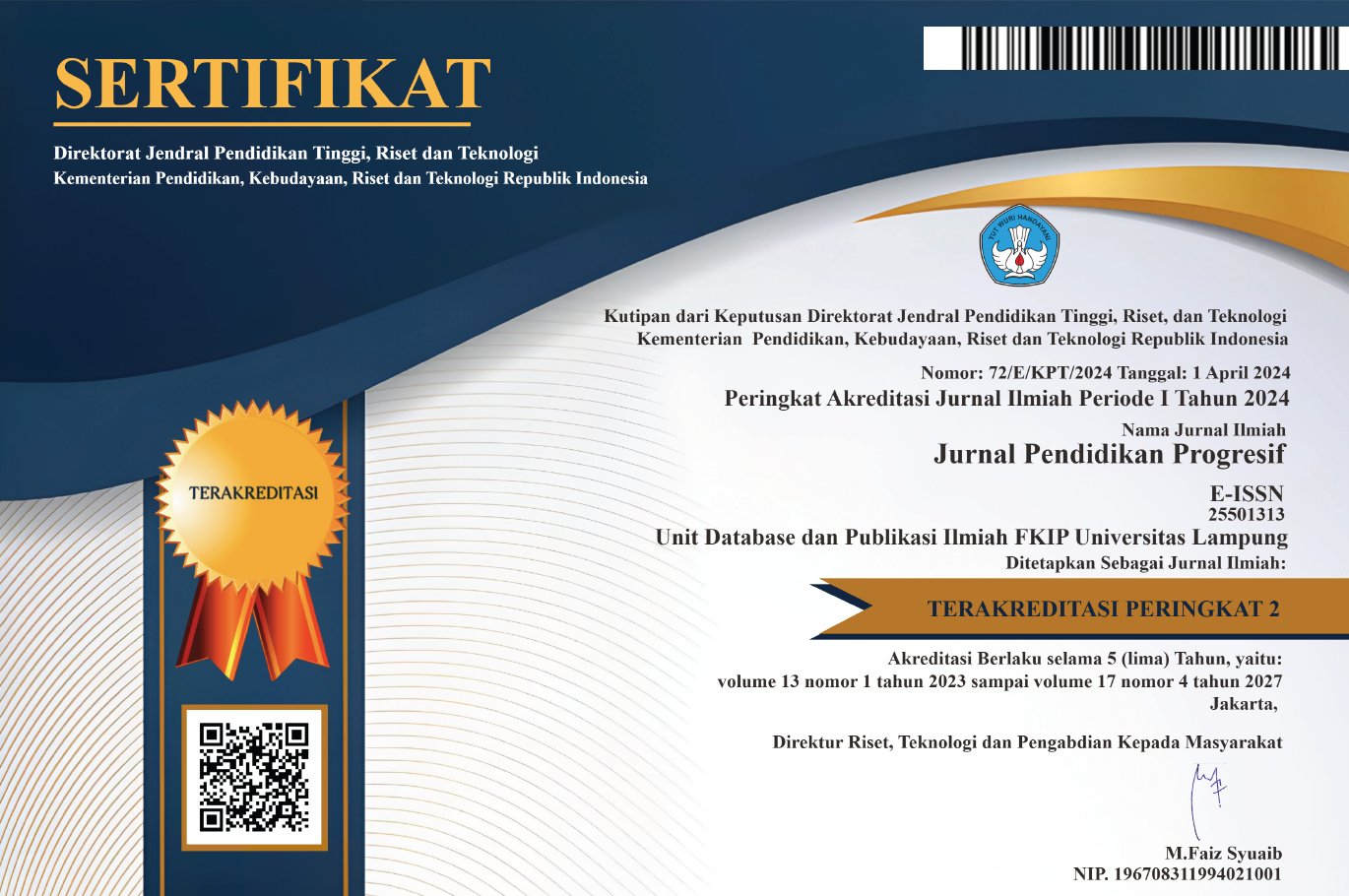Pre-Service Teachers’ Performance-Input: Development Program in the New Normal
 Country:
Country:
(1) Eastern Visayas State University, Philippines
| Metrics→ |
| Indexing Site→ |
Copyright (c) 2025 Menchi Guande Nayad
Pre-service Teachers’ Performance-Input: Development Program in the New Normal. Objectives: The study investigates the level of performance of pre-service teachers particularly on communication, technical, lesson Planning, evaluation, classroom management, time management and occupational attitude skills and establishes if there is a significant difference between the level of performance of pre-service teachers as perceived by the three groups of respondents. Methods. A questionnaire on the Likert scale collected data through the survey method from 100 resource teachers, 103 pre-service teachers and 500 high school students. Weighted means, ANOVA and Scheffe’s test were utilized to analyze the data gathered. Findings. Results revealed that the performance of pre-service teachers was generally perceived to be very satisfactory, a significant difference on the level of performance of pre-service teachers was established as perceived by the three group of respondents. Conclusion. Pre-service teachers performed well on the specific tasks assigned to them and they have met the respondents’ expectations and the responsibilities expected of them.
Keywords: new normal, occupational attitude, pre-service teachers, resource teachers, technical skill
DOI: http://dx.doi.org/10.23960/jpp.v13.i2.202321
Akyuz, H., & Samsa., S. (2009). Critical thinking skills of preservice teachers in the blended learning environment. International Journal of Human Sciences, 6(2), 538-550.
Armstrong, E.W. et al. The College Teacher Education. Washington D.C.American Council 1994.
Andres, T. Managing Schools by Filipino Values, Philippines, Divine Word Publication. 1992.
Aquino, G. Principles and Methods of Effective Teaching. Philippines: National Book Store, Inc., 1990.
Amuthakala, P. (2007), A Study of School Teachers Attitude Towards Teaching & Job Satisfaction. M. Phil Dissertation, DedEd, Periyar Univ Salem.
Asher, J.J., Learning another Language through actions., 7th edition ed. Los Gatos, CA: Sky Oaks Productions. 241-247.
Barberos, M., (2010). The Effect of the Teacher's Teaching Style on Students' Motivation. Practitioner action Research.
Behar-Horenstein, L, & Niu, L. (2011). Teaching critical thinking skills in Higher education: A review of the literature. Journal of College Teaching & Learning, 8(2), 25-41.
Bransford, J.D. and Brown A. L. and Cocking R.R. How People Learn: Brain, Mind, Experience and School. Washington, D.C.: National Academy Press, 2000.
Caires, Susana et.al (2021). “Becoming a teacher: student teachers’ experiences and perceptions about teaching practice”.
Evans, J. M. and Bruckner, M. M. Elementary Social Studies: Teaching for Today and Tomorrow, Allyn and Bacon, 1999.
Froyen, L.A. and A.M.Iversion, 1993 Classroom Management: The Reflective teacher-leader (2nd ed.) New York: Merril. Accesses August 24, 2009.http//www.educ. Misstateedu/syllabi-docs/EDX4873.xdb.
Goyak, A. (2009). The effects of cooperative learning techniques on perceived classroom environment and critical thinking preservice teachers. Published Dissertation. Ann Arbor, MI: ProQuest LLC/UMI.
Hopkins, K. D. et.al. Educational and Psychological Management and Evaluation. 6th ed. New Jersey: Prentice-Hall Inc. 1981.
Kaldi, Stavroula, et.al. (2017). Student teachers' school teaching practice: The relation amongst perceived self-competence, motivation and sources of support.
Lardizabal, A.S. et.al Principles and Methods of Teaching. Quezon City: Phoenix Publishing House, Inc., 1976.
Lawal, H. S. (2003). Teacher Education and the Professional Growth of the 21st century Teachers. The African Symposium. Vol. 3 no. 2, July 2003.
Li, D. (2020). The Shift to Online Classes During the Covid-19 Pandemic: Benefits, Challenges, and Required Improvements from the Students’ Perspective. Hunan Railway Professional Technology College, Zhuzhou City, China.
Meister, D. (2011). Pre-service teachers’ impact on student teaching: Three-year study of the impact on student learning project. Online Submission, Paper presented at the Association of Teacher Educators Annual Conference, Orlando, Florida (February 15, 2011). Retrieved from http://files/eric.ed.gov/fultext/ED524510.pdf.
Muzaffar, A.et.al. (2011). Principle: Designing Effective Preservice Teacher Education Program-Compendium.
Nel, J. (1992). Pre-service Teacher Resistance to Diversity: Need to reconsider instructional methodologies. Journal of Institution.
Noron, et. Al. General Statistics, (Made Simple for Filipino). Manila National Book Store Inc., 2002
Orstein, A. C. Strategies for Effective Teaching. New York: Harper Collins Publishers, Inc., 1992.
Qing Z., Jing, G. & Yan, W. (2010). Promoting preservice teachers thinking skills by inquiry -based chemical experiment. Procedia Social and Behavioral Sciences, 2, 4597-4603.
Rivera, F. & Sembrano, V. (2010) Toward Effective Teaching. Manila: National Book Store.
Shulman, L.S. Theory, Practice and the Education of Professionals: Elementary School Journal, 1998 (5), 511-526.
Tang, Sylvia Y. F. et al., The preparation of pre-service student teachers’ competence to work in schools, 30 May 2015, Accepted 05 Jan 2016, Published online: 12 Feb 2016
Vesna, C. (2011). Student Organization Skills and Motivation: What’s the Connection? 3.
Vygotsky, L.S. (1978). Mind in Society. Cambridge, MA: MIT Pres.
Yusuf, K. (2002). The Need for Environmental Education in the Teacher Education Programme in Nigeria. The African Symposium Vol. 2 No.4 December 2002.
Zulueta, F. M. (2006). Principles and Methods of Teaching. Manila: National Book Store, 2006.
Refbacks
- There are currently no refbacks.

This work is licensed under a Creative Commons Attribution-ShareAlike 4.0 International License.
View My Stats


